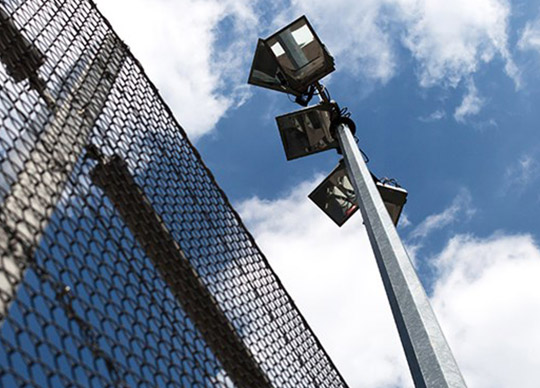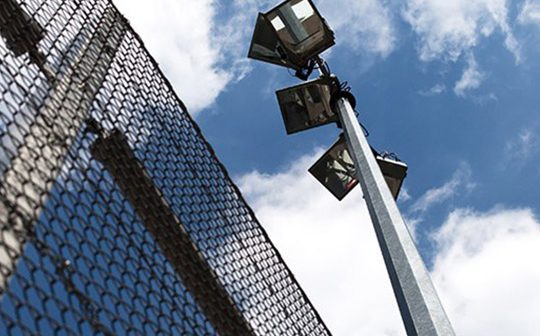
Security breaches of borders, utility plants and airports can have catastrophic and devastating consequences, so protecting assets is vital. The global perimeter security market is expected to reach USD29.6 billion by 2025, driven by growing terrorist threats, increased awareness of illegal immigration, planned crimes, thefts and smuggling.
Existing perimeter intrusion detection technologies typically rely on point sensors such as cameras that are positioned along a perimeter or border at regular intervals. However, cameras have their limits. They can only provide line-of-sight coverage at specific points; they do not deliver continuous monitoring or provide full visibility of the entirety of the perimeter.
This is where LiveDETECT comes in. This real-time linear asset monitoring technology from Fotech turns fibre optic cables along a border or perimeter into an entire, continuous length of sensors, always monitoring the asset.
The sheer distance of some borders and perimeters means it is impossible to achieve true round-the-clock monitoring of the perimeter length with physical patrols or CCTV. Positioning cameras every few metres is not an economically feasible solution, but leaving gaps in coverage is an open invitation for threats and intrusions.
LiveDETECT uses Distributed Acoustic Sensing (DAS) technology, which sends thousands of pulses of light along fibre optic cables every second and monitors the pattern of light reflected back. The fibre optic cable picks up any acoustic or vibrational energy, which changes the light pattern that is reflected back to the hardware, Helios DAS, indicating a disturbance of some kind. Thanks to advanced algorithms and processing techniques, Helios DAS analyses these changes to identify and to categorise the disturbance event, such as walking near or interfering with a boundary, placing a ladder on a fence, or digging near a perimeter.
Each type of disturbance has its own signature, and the technology can tell an operator in real-time, what happened, exactly where it happened and when it happened.
More importantly, it can also filter out background noise, adapting its response for high-risk or low-risk zones along the perimeter. For example, if a perimeter is near a popular track for runners, the system can be set up so that normal activity doesn’t set off alarms. However, a personnel signature at 3am or one that stops near the fence perimeter, would be viewed as unusual. Any deviations from normal behaviour patterns can be programmed and an alert raised immediately.
If a security breech is detected and there is an attempted intrusion, the system alerts the Alarm Management Server and security personnel so they can take the most appropriate action. There are three levels of alert: green, amber and red. Red is the highest alert level, usually when someone or something could imminently breach the inside of the perimeter.
With an active intrusion alert, LiveDETECT can provide information on where cameras should be pointing. Alternatively, the technology can send GPS coordinates of an ongoing disturbance to a UAV, which automatically launches to investigate more fully.
As fibre optic cables are typically buried in the ground, LiveDETECT is covert; intruders will be unaware of its existence. Furthermore, DAS is not affected by the weather – cameras would not be beneficial in a sandstorm or a snowstorm, whereas LiveDETECT can continue to operate reliably.
The fibre optics can be configured in a dual loop and run in parallel to provide redundancy, and maintain coverage if a sensing cable is maliciously or accidentally cut. The monitoring system software can also be mirrored to a secondary site, so alerts are recorded in two locations and the responsibility does not lie with one person.
During the last decade, technological advances have helped increase the scope of perimeter security systems. Perimeter security systems have historically been used to detect and to deter intrusions in military facilities and critical infrastructure. Today, they are being adopted in commercial and transportation sites as well as residential gated communities in high-risk countries.





